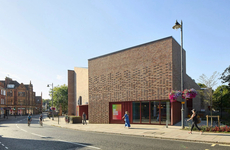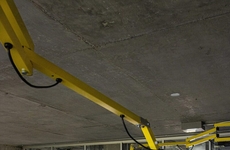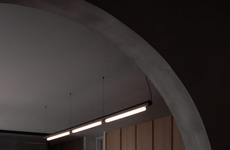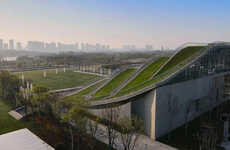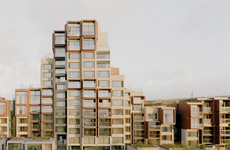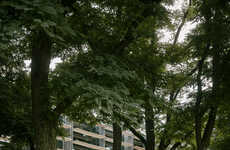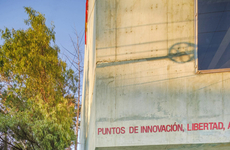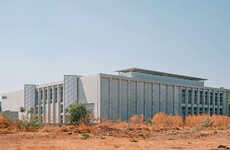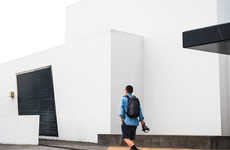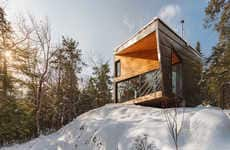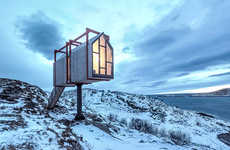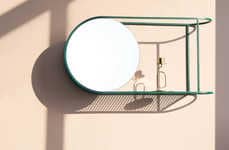
Ottawa's Arts Center Favors Glass Over Concrete
Kalin Ned — January 27, 2018 — Art & Design
Concrete is an integral part of the structural framework of Brutalist architecture buildings, however Canadian firm Diamond Schmitt decided to take an alternative route for the redesign initiative of Ottawa's arts center. The original design was completed in 1967 by Fred Lebensold, who drew inspiration from the Brutalist movement and created a fitting building -- a concrete structure with limited natural light sources.
While preserving the bold geometrical shapes and select concrete details of the modernist movement, Diammond Schmitt channeled the innate transparency of glass as the main material for the arts center. In doing so, the firm was able to communicate the core assertive values of classic Brutalist architecture buildings, while also providing visitors with a welcoming and well-lit environment.
While preserving the bold geometrical shapes and select concrete details of the modernist movement, Diammond Schmitt channeled the innate transparency of glass as the main material for the arts center. In doing so, the firm was able to communicate the core assertive values of classic Brutalist architecture buildings, while also providing visitors with a welcoming and well-lit environment.
Trend Themes
1. Transparent Architecture - The use of glass as the main material in architectural designs is disrupting traditional concrete-based structures.
2. Preserving Modernist Aesthetics - Design firms are finding creative ways to incorporate modernist elements while incorporating innovative materials and technologies.
3. Enhanced Visitor Experience - By prioritizing natural light and creating well-lit environments, architects are revolutionizing the way visitors interact with architectural spaces.
Industry Implications
1. Architecture - Architects and design firms are exploring new materials and techniques to create innovative structures.
2. Construction - The construction industry needs to adapt to the use of glass as a main material in architectural designs.
3. Tourism and Hospitality - Hotels, museums, and cultural centers can benefit from incorporating glass and natural lighting in their designs to enhance the visitor experience.
4.3
Score
Popularity
Activity
Freshness

